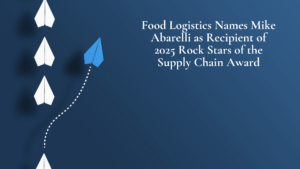While shopping for pet food recently, I noticed something that stopped me in my tracks—an entire aisle of refrigerated pet food. For a second, it felt more like I was in the dairy section of my local grocery store, not a pet store! Fresh-cooked meals, raw blends, and gourmet recipes filled the shelves, all promising to improve my pet’s health.
It’s clear demand for high-quality pet food is booming, but it got me thinking—what does this mean for the supply chain? Unlike kibble and canned food, refrigerated pet food requires cold storage, temperature-controlled transport, and careful handling. This shift is
reshaping logistics, from expanding cold storage to rethinking last-mile delivery.
Let’s dive into how the industry is adapting.
Top Challenges in Maintaining Cold Chain Integrity for Pet Food
Ensuring cold chain integrity for refrigerated and frozen pet food presents several key challenges, from precise temperature and humidity control to optimizing inbound and outbound processing times. Unlike dry pet food, these products can’t sit on a receiving dock for hours—let alone a full day—without compromising their quality. The moment a shipment arrives, it’s a race against time to offload, reconcile, and move products into the appropriate temperature-controlled storage as quickly as possible.
But speed is just one piece of the puzzle. The perishable nature of refrigerated pet food introduces unique challenges that warehouses and logistics providers must address: read the full article on GlobalPETS.













